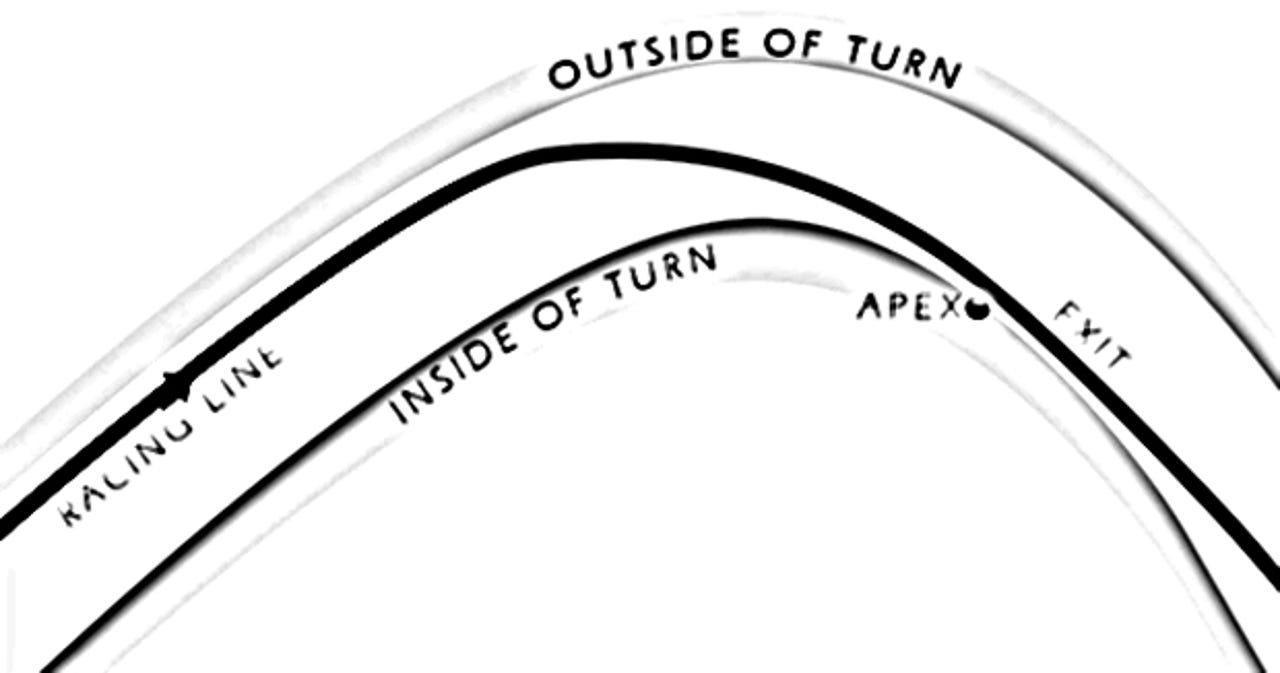Apple: On the art of entering a (corporate) corner


When Scott Forstall left his post as the leader of the iOS team at Apple, some called it a return to the minimalist designs championed by Jonathan Ive, the leader of the industrial design team at the Cupertino, Calif.-based company.
The design concept known as "skeumorphism" -- in which digital resources mimic their real-world counterparts -- was a hot topic then, and several articles about the management change framed the issue as a battle over these two different design approaches: natural versus native.
Ive clearly won this battle of visionaries, but it goes beyond taste. The real winner? Chief executive Tim Cook, who excised a key point of tension within his team of team leaders. The biggest prize: collaboration, in a clearly defined direction.
The Wall Street Journal's Jess Lessin reports:
For years, even the esteemed designers of Apple’s mobile iOS operating system, were cut out of the loop on specifics related to new mobile devices their software would be running on, according to several people familiar with Apple’s process. Apple’s industrial design team, led by Jonathan Ive, tapped its own stealth group of software developers to help with prototypes.
That dynamic is changing, according to the people close to the company. The stealth software developers still exist. But now, Apple’s mobile software, or “human interface” team, which has been led by executive Greg Christie, is being briefed about industrial prototypes earlier, these people said. The person described the change as “a thawing.”
This sort of ebb and flow happens in the corporate world all the time; the significance here is that Apple has staked part of its reputation on design leadership. These kinds of changes matter more to this company than others.
The question is how far behind (or ahead) the company feels it is relative to its competition, most prominently Samsung. While Apple may continue to believe that its platform is superior, it clearly lost momentum entering this period of transition.
When a driver takes a turn at speed, the basic strategy is "slow in, fast out." Has Apple's design team passed the apex of this curve? And where will the competition be when it makes its exit?